(ECNS) — China has made significant progress in curbing grassland degradation and improving ecosystem health these years, according to the country's top grassland authority on Tuesday.
Li Yongjun, director of the Grassland Management Department under the National Forestry and Grassland Administration (NFGA), said China has advanced grassland protection and restoration with unprecedented intensity in recent years. As a result, degradation trends have been significantly curbed, and grassland productivity is steadily improving.
China is home to the largest grassland area in the world, covering approximately 266 million hectares. At a press conference focusing on grassland conservation and restoration, Li said that since the government restructured its forestry and grassland agencies in 2018, all levels of administration have prioritized grassland ecology and pushed forward protection measures with stronger resolve than ever before.
During the ongoing 14th Five-Year Plan period (2021–2025), central government investment in grassland conservation and restoration has reached 110 billion yuan (about $15.04 billion), Li noted. On average, over 46 million mu of grassland have been restored each year, while more than 6,670,000 hectares have undergone rodent and pest control annually. Total annual fresh grass output now exceeds 550 million metric tons.
Significant improvements have been observed in key ecological zones such as the Three-North region, where grassland quality has continued to improve. The Horqin Sandy Land, once a severely degraded area, is gradually restoring its native savanna landscape. Sources of sandstorms impacting Beijing and Tianjin have also declined noticeably, Li said.
China has also strengthened enforcement efforts. Nationwide campaigns such as "Green Shield" and "Grassland Protection" have targeted illegal land reclamation and destruction of grasslands. Since 2018, nearly 50,000 violations have been investigated, with over 1,000 cases handed over to judicial authorities for suspected criminal offenses.
In addition, local governments have promoted sustainable land use practices, such as planting artificial grass and strictly implementing grazing bans and grass-livestock balance systems. These efforts have eased the burden on natural grasslands and accelerated ecological recovery.
The development of green industries such as grassland-based tourism and ecological wellness is also providing new income opportunities for herders and rural communities, Li added.
(By Zhao Li)










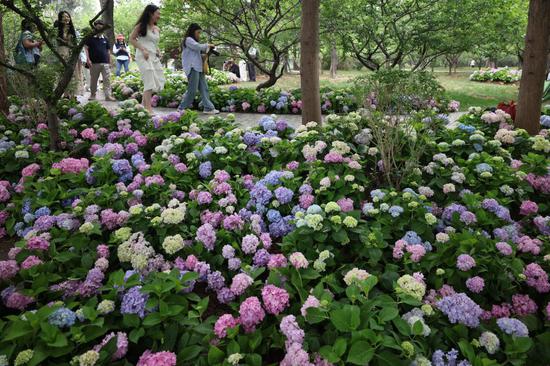










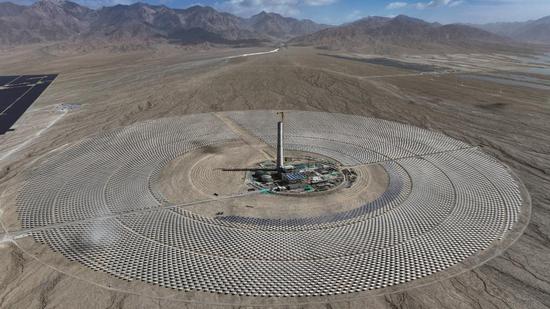



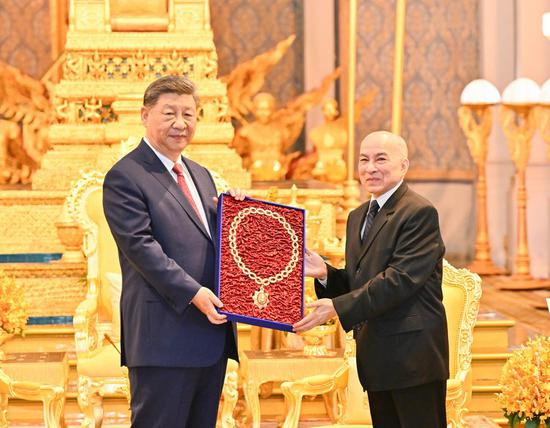















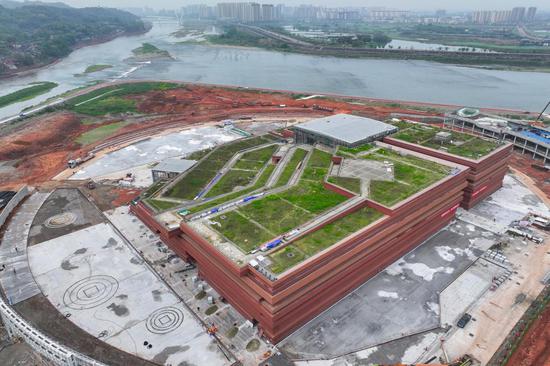


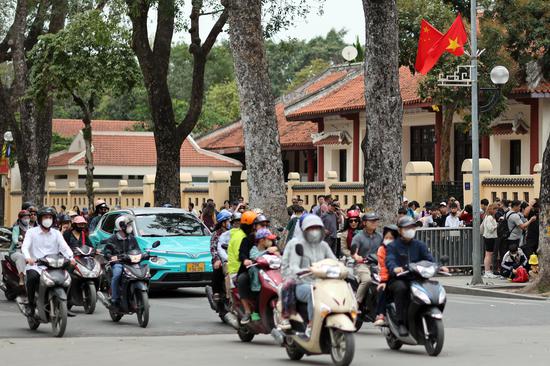

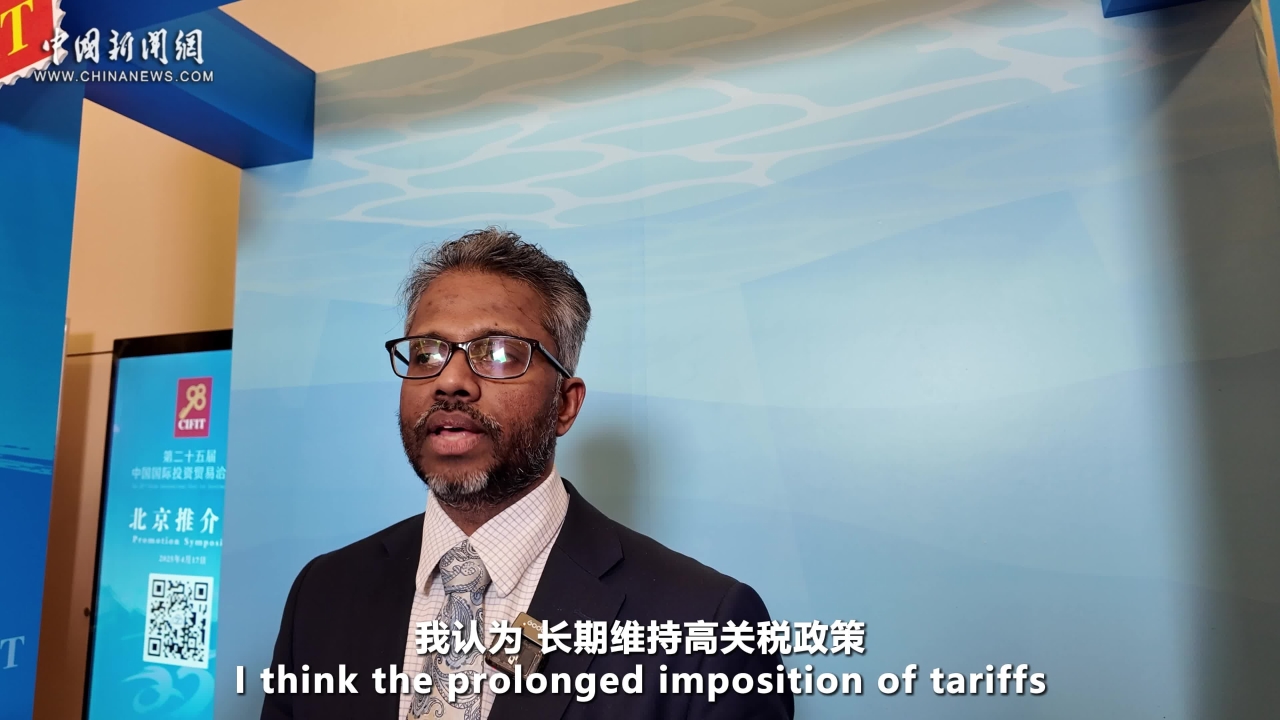



 京公網(wǎng)安備 11010202009201號
京公網(wǎng)安備 11010202009201號